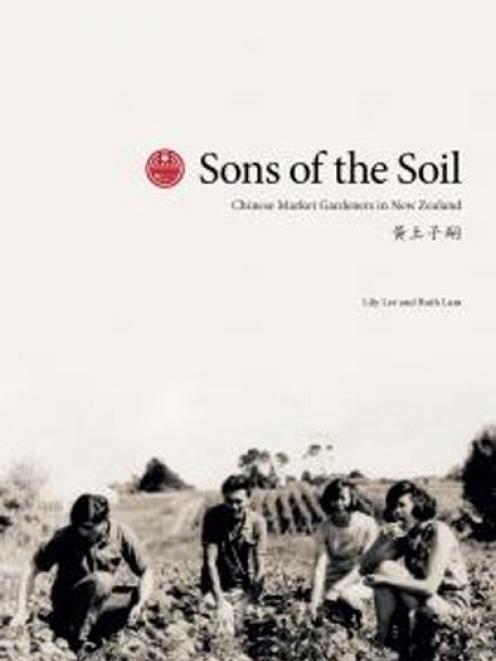
It is fitting, therefore, that the Dominion Federation of New Zealand Chinese Commercial Growers Inc commissioned Lily Lee and Ruth Lam to write Sons of the Soil, tracing the Chinese involvement in market gardening.
By the end of 1864, after three boom years, the Otago gold rush had passed its peak and many miners had moved on to the West Coast, causing concern among businessmen. Fearing the loss of capital and investment, they proposed that Chinese miners from Australia be brought in to stem the decline in population and rework the goldfields abandoned by European miners.
Although not popular in some quarters, the scheme was supported by the Dunedin Chamber of Commerce and Dunedin Provincial Council, and in December 1865 the first two groups arrived in Dunedin and travelled to the goldfields.
By 1874, the Chinese population in Otago was 4159. There were few women, not because the Chinese men did not want to bring them, but because the provincial government saw the Chinese presence as temporary and did not include women in its invitation.
From 1881, every Chinese coming to New Zealand had to pay a poll tax of 10, a figure raised in 1896 to 100. It was not abolished until 1944 and in 2002 Prime Minister Helen Clark offered New Zealand's official apology for it to the Chinese community.
The history of the Otago-Southland goldfields opens Sons of the Soil. Having set the scene - and paid appropriate tribute to the work of the Rev Alexander Don with Chinese in the Otago-Southland goldfields - Lee and Lam provide short biographies of some of the most prominent men from the early years.
They point out it is not known when the first Chinese market garden in Central Otago was established but newspaper reports from 1867 refer to gardens in Naseby and Alexandra, while Dr Ng says that fresh vegetables were in demand and it would be safe to say the Chinese supplied these to the goldfields settlements.
The Chinese gardening approach was two-fold: Asian greens for their own consumption and cash crops of potatoes, peas, carrots, cabbages, corn, gooseberries and strawberries for the Europeans. The vegetables were hawked around by a man carrying two baskets slung from a pole, or by horse and cart.
The book moves on to Dunedin, where Alexander Don's invaluable Roll of Chinese records that, between 1896 and 1912, at least 159 of the city's 347 Chinese men were working as market gardeners.
The majority were in Forbury (there were 10 market gardens between Macandrew Rd and Bayfield Rd) and it was not until the 1920s and 1930s that the Chinese moved to Waitati and the Outram-Momona area. North Otago followed more slowly. There was a Chinese market garden at Oamaru in 1870, but the main development in the area came from the 1920s onward.
Lee and Lam work through the rest of New Zealand, province by province, each chapter lavishly illustrated with historic photographs and brief biographies of significant people.
Sons of the Soil records the rise and decline of Chinese market gardening and more importantly, the families who were involved. This is a stunning book, superbly illustrated and, as James Ng says in his introduction, it is a welcome addition to the literature on Chinese in New Zealand.
Gillian Vine is a Dunedin writer











